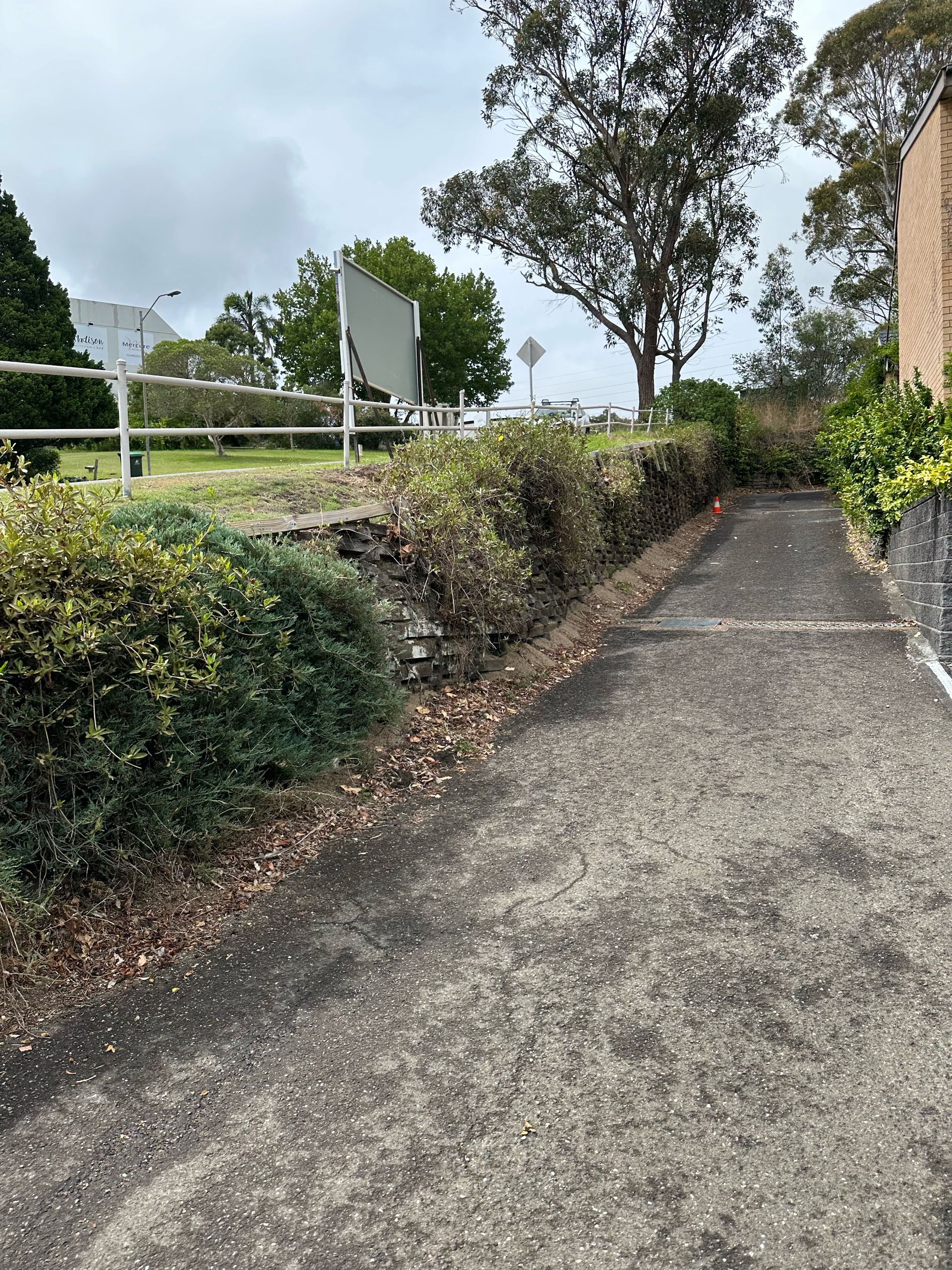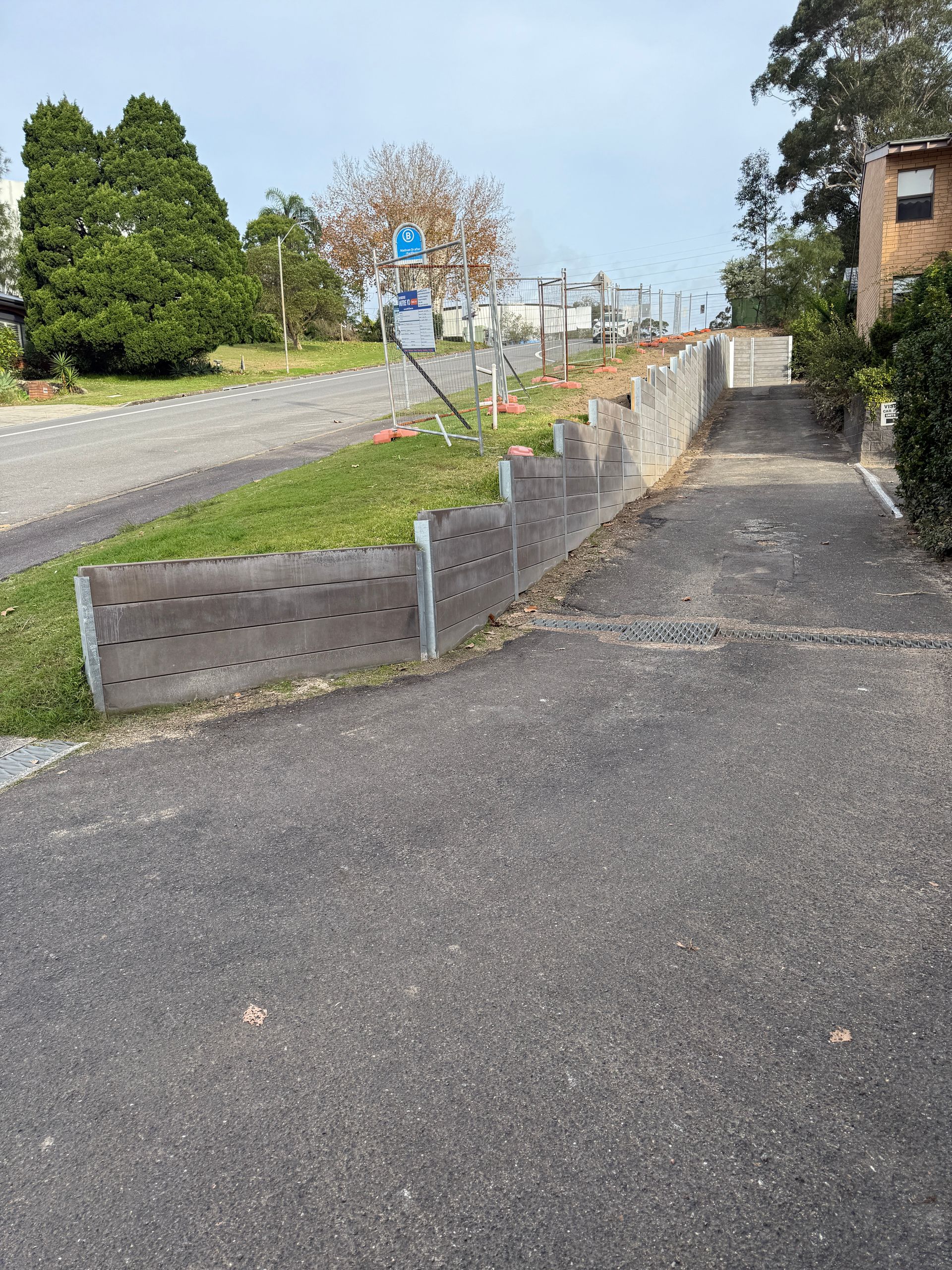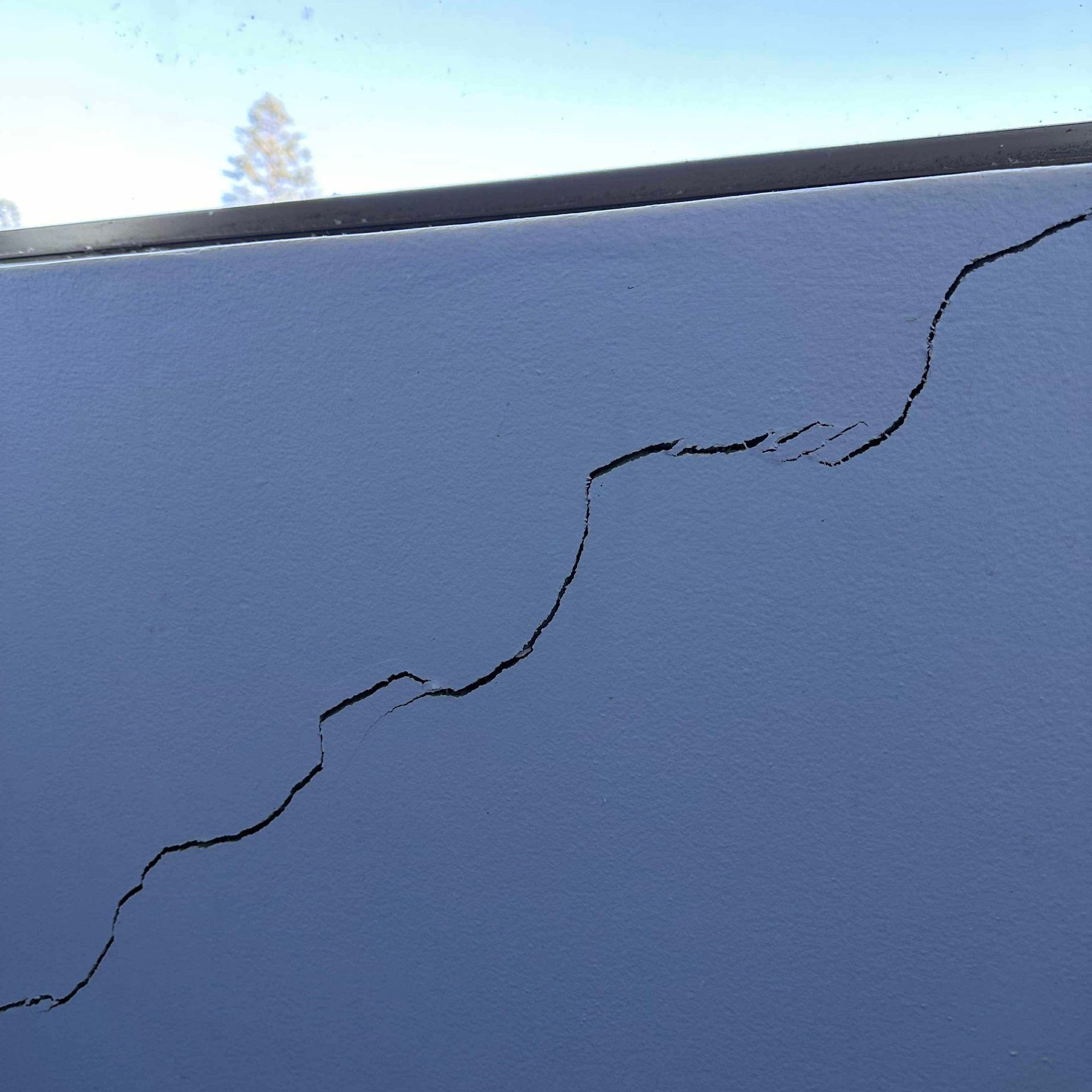Is Your Retaining Wall Failing? Here's How to Tell Before It Collapses
Retaining walls do more than enhance the look of your landscaping, they play a crucial role in preventing soil erosion,managing water drainage, and protecting your home’s foundation. Over time, exposure to the elements, poor construction, or ground movement can cause even the best built wall to weaken or fail. When that happens, the damage can be costly, and in some cases even dangerous. Here are 5 warning signs that your retaining wall may need professional repair or full replacement.
CRACKS IN THE RETAINING WALL
While small hairline cracks are fairly normal as materials shift with temperature, large, deep, or widening cracks are a major concern, especially if they stretch across multiple blocks or run vertically through the wall.
What it could mean:
- Excessive pressure from behind the wall
- Poor drainage causing water buildup
- Foundation movement or faulty construction
What to do:
Don’t ignore structural cracks. Have your wall professionally inspected, if left untreated, it can lead to complete wall collapse.
LEANING OR BULGING
WALL SECTIONS
If your retaining wall is starting to tilt forward or bulge outward, it’s a clear sign that it’s no longer effectively holding back the soil.
What it could mean:
- Excessive hydrostatic pressure
- Inadequate base footing or wall reinforcement
- Soil movement or settling behind the wall
What to do:
A leaning wall needs immediate attention. Depending on the damage, it may require reinforcement or full replacement to prevent collapse.
POOR DRAINAGE BEHIND THE WALL
Water should not pool behind or beneath a retaining wall. Signs like soggy soil, moss growth, or visible water stains may point to poor or blocked drainage systems.
What it could mean:
- Missing or blocked weep holes
- No gravel or pipe drainage system
- Water pressure building up behind the wall
What to do:
Have a retaining wall or drainage specialist inspect the setup. Proper drainage is key to preventing hydrostatic pressure and structural failure.
LOOSE, ROTTING, OR MISSING MATERIALS
Loose bricks, crumbling mortar, rotting timber, or missing blocks aren't just cosmetic issues, they usually point to a wall breaking down from the inside out.
What it could mean:
- Substandard materials or poor craftsmanship
- Erosion at the base of the wall
- Long term weather exposure
What to do:
Depending on the extent of the damage, some walls can be repaired. However, full replacement is often the more reliable long term solution.
SOIL EROSION OR MOVEMENT NEAR THE WALL
If you notice shifting soil, exposed roots, or sunken ground near your wall, your retaining wall may no longer be doing its job. Soil erosion indicates that the wall has lost structural integrity.
What it could mean:
- Failure of the wall to retain soil
- Water flowing around or beneath the wall
- Improper backfill or construction methods
What to do:
Have an expert assess the wall’s condition. Reinforcement may be possible, but often a new, properly engineered wall is required.


📞 Don’t Wait for a Collapse
Retaining walls are under constant stress from shifting soil and water buildup, especially after heavy rain. If you suspect damage, don’t delay. Our team at Precision Building NSW offers expert retaining wall inspections, repairs and replacements, and drainage solutions using proven techniques and high quality materials.
Contact us for an obligation free inspection





